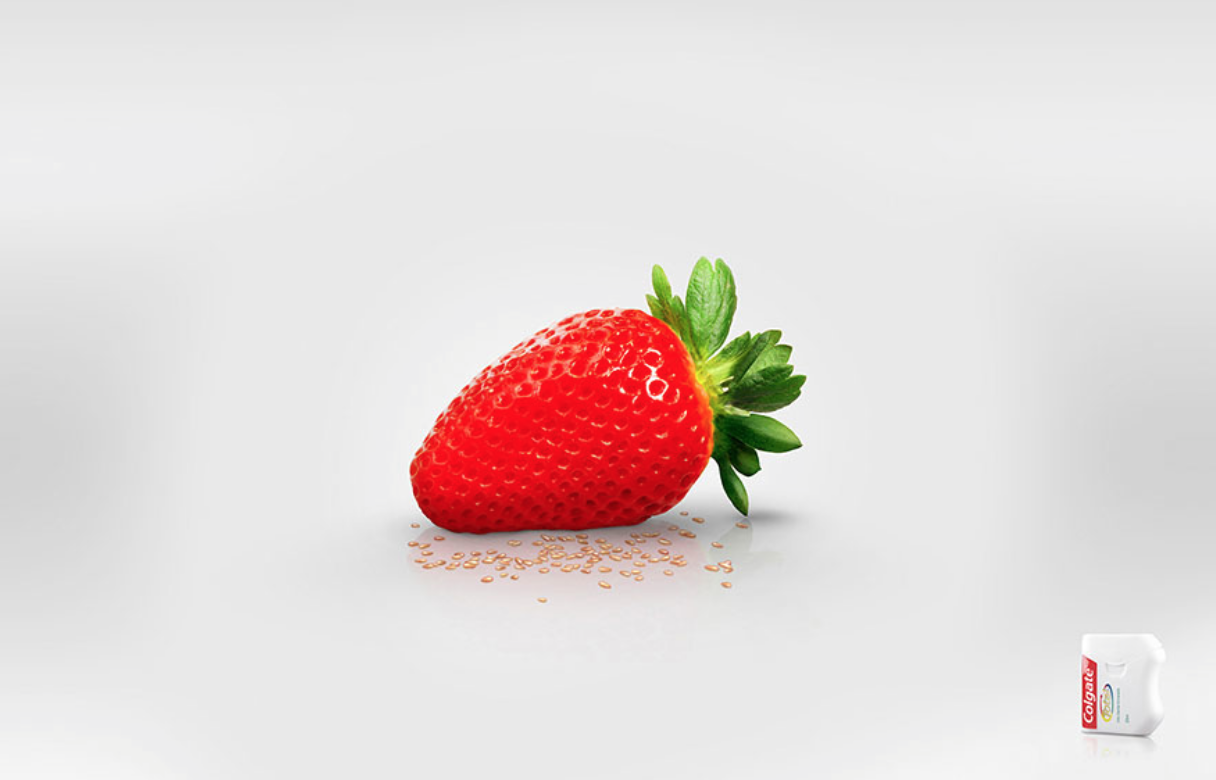After looking at augmented design generally, I decided to some research more focused into coffee brands. I wanted to get an idea of what has been done and what made them successful.
The first augmented design I found was for Starbucks, upon scanning their red Christmas cups the printed characters would come alive, allowing the viewer to interact with the characters, share on social media, send e-cards etc. The aim of this promotion was to 'surprise and delight' customers over the holiday season. I think this is a really interesting use of augmented reality as it gets viewers not only engaging with the product, but gets the public to have a keen interest in Starbucks over one of the busiest times of the year, bringing in customers. This makes this campaign extremely successful in terms of getting new business and promoting the brand:
Another campaign Starbuck released was augmented reality butterflies. In Japan they have created a new Starbucks card which could be scanned, making the butterflies come to life. The customer could then take photos, as though butterflies where flying around them while drinking their coffee. I am not sure how I feel about this campaign, I feel it is most likely to only appeal to women (restricting the target audience). I personally cannot see why a customer would want butterflies flying around their coffee. I think it is a slightly odd concept as butterflies and coffee do not seem to work in relation to one another, nor do they link to the brand in anyway. It seems arbitrary for Starbucks to promote this, however I understand Starbucks frequently bring out new campaigns to maintain a brand image that's showing expansion. I personally do not like the over flourished illustrations as I feel they are far too decorative for a coffee brand. The over-flourished illustrations seem slightly out of place next to the structured Starbucks logo:
An Israel coffee chain have used free coffee and QR codes to promote their brand. This to me is one of the most simple but most effective coffee campaigns I have seen so far. It uses the idea of people drinking their coffee when reading a newspaper or magazine, choosing well the ideal location to target the correct audience. The print advertisement would feature in one these forms, which includes a QR code on the advertisements. The viewer can then scan the code which takes them to an locator app. The app uses the readers current location and tells them just how far away they are from the one of the coffee stores (this is something I have done on my coffee website). To get the viewer to visit the store, they have given included a coupon on the app for a free coffee.
I think this seems like a more likely way to get new customers visiting the stores. They have simply directed the viewer into what they want to show them, then entices them with a free purchase. Even if viewers do not go to collect the free coffee, they have still used the app, which has got the name of that brand into their heads for next time:
Costa Coffee have released a TV advertisement in where it features men and women, as well as Costa baristas singing to 'Kiss - I Was Made For Loving You'. The accompanying app allows viewers to record and upload themselves singing along to the ad, with a chance to be featured on later TV advert. The aim of this campaign is to 'bring to life the pride and passion that Costa baristas have for the coffee they make and the customers they serve'. I can understand the aim Costa are trying to achieve but personally do not like the advertisement. I think it is an interesting take on combining a TV ad with an app but feel the overall outcome uninteresting and slightly childish:

























































